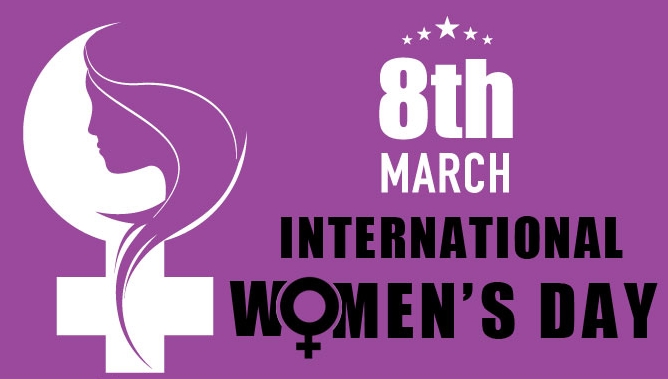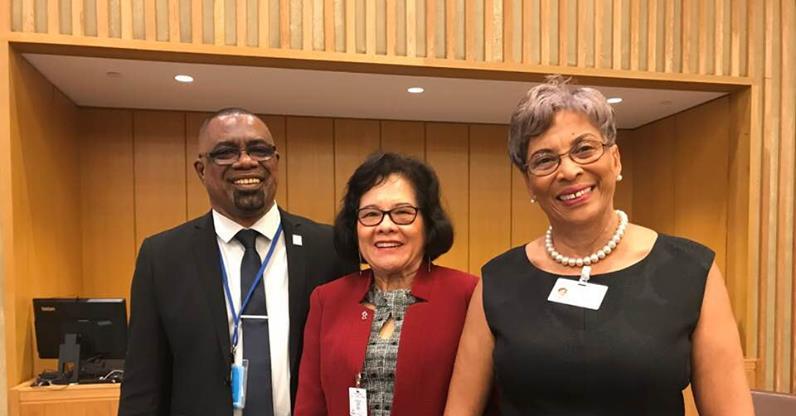BRIDGETOWN, Barbados, Mar 8, CMC – Caribbean countries Tuesday joined the international community in observing International Women’s Day with various messages urging support for women, even as the Economic Commission for Latin America and the Caribbean (ECLAC) indicating that the gender wage gap remaining “an obstacle to women’s economic autonomy and to overcoming poverty and inequality in the region”.
ECLAC said despite the wage gap between women and men decreased 12.1 percentage points between 1990 and 2014, women receive on average only 83.9 monetary units for each 100 monetary units received by men.
Data released today by ECLAC’s Gender Equality Observatory for Latin America and the Caribbean compared wages received by both sexes according to years of schooling, women can earn up to 25.6 per cent less than their male peers in similar conditions.
The regional organization said that based on the information compiled in household surveys, the average wage of urban salaried women and men aged 20 to 49 years old, who work 35 hours or more per week in 18 countries of the region.
The organization compared the data according to years of schooling and observed its evolution between 1990 and 2014, verifying the persistence of important differences depending on the educational level of the employed people.
The highest decrease in the wage gap -19.7 percentage points- was observed in the group of women with the lowest education level, 0-5 years of schooling): these women received 77.9 per cent of a man’s salary, up from 58.2 percent.
According to ECLAC, this is due to two factors: the regulation and formalization of paid domestic work, since countries have established minimum hourly wage rates and maximum times for the working day; and to the increase of minimum salaries for all the population, and its implementation in some countries to level up the income of employed persons without qualification.
The biggest wage gap is observed in the population with the highest education levels, 13 years and more of education.
Although this gap decreased by 9.3 percentage points between 1990 and 2014, men in this group still earn 25.6 per cent more than women.
According to ECLAC, the inclusion of women in areas such as science and technology, telecommunications and large companies may be contributing positively, even without creating equality. “This shows that the investment in education and vocational training of women has not impacted their earnings in line with those of men with the same training,” ECLAC stated.
It said in the intermediate levels of education the wage gap has not changed substantially. Women with six to nine years of education received 75.3 per cent of a man’s salary in 2014 compared to 70 per cent in 1990, a gap reduction of 5.3 percentage points, and those women with 10 to 12 years of education climbed to 74.5 percent from 67.6 percent,a 6.9 percentage points drop in the wage gap.
“Earning the same salary as a man under equal conditions is a women’s right. It is an unavoidable requirement for their economic autonomy as well as for the achievement of gender equality,” Alicia Bárcena, ECLAC’s Executive Secretary, said in the context of the Women’s International Day, whose theme for this year is “Planet 50-50 by 2030: Step It Up for Gender Equality.”
Nothing about us without us,” Bárcena emphasized.
To eliminate the wage gap, ECLAC proposes to promote spaces for collective bargaining and active participation of female workers in the processes where these matters are discussed; improve minimum wages, since the implementation of the latter promotes equality, especially in sectors with lower remuneration; implement regulations that ensure higher co-responsibility for care of dependent people.







